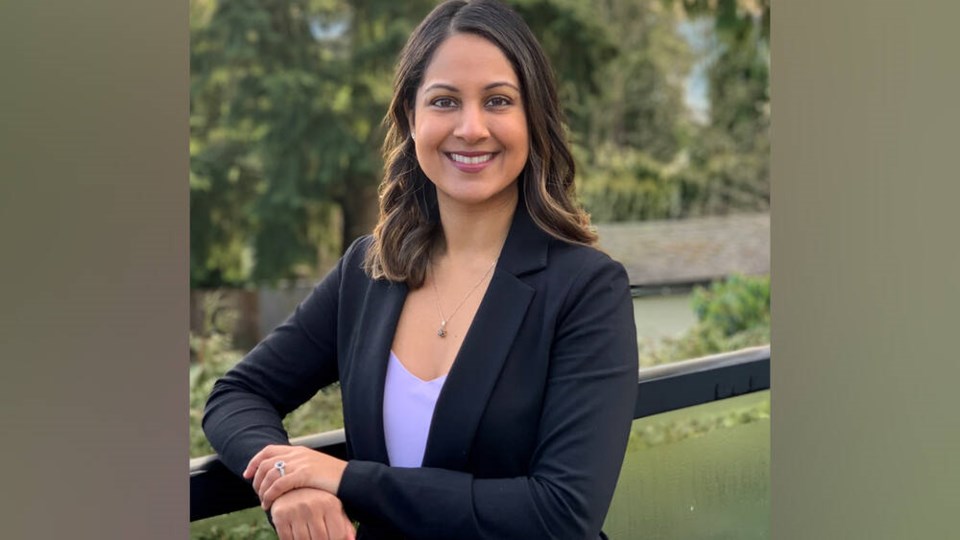Life as we knew it changed March of 2020, as the world grappled with the realities of living in the COVID-19 era.
The pandemic has robbed children and youth of many things — socializing, school playtimes, hanging out with friends, to name a few. Perhaps more importantly, it robbed young people of important life milestones: proms, graduations, internships.
Hasina Samji, a senior scientist in the population mental well-being division at the BC Centre for Disease Control, said the impact of the COVID-19 pandemic on people’s well-being has been widespread and can be seen especially in youth.
Samji, also a professor at Simon Fraser University and an affiliate researcher with BC Children’s Hospital Research Centre, has co-authored a new report with Dr. Evelyn Stewart and others that has been released for National Mental Health Week (May 1 to 7). It highlights strategies to support youth mental health and well-being during post-pandemic recovery.
Samji stressed the importance of the report’s findings and how it can aid in helping youth’s mental well-being — just as the World Health Organization (WHO) declared an end to the COVID pandemic as a public health emergency on Friday, May 5.
COVID-19 impacts had disproportionate effect on minorities, women, students
Samji also noted the pandemic has had a disproportionate effect on some groups, as minorities, women and girls, the LGBTQIA+ population, students and those living in poverty are more likely to have chronic mental health challenges.
The key finding from the report, she said, is a highlighted sense of loss and loneliness in youth due to social isolation. There have been fewer opportunities to socialize, and considering it’s a key developmental period where they’re learning to work with their peers, she said it is important to pay attention to it.
“Some young people who went on to trades and training and post-secondary had to do that virtually (and) really missed those opportunities to connect,” she added.
Based on those findings, Samji offers recommendations for recovery.
First, it’s to better support youth by helping them get more physical activity and time outdoors, she said, adding outdoor physical activity will help improve both physical and mental well-being.
She also said, as a society, we need to allocate more resources improve coordination among all the groups and organizations providing mental health services provincially.
“We need to think about better coordination between education, public health and community partners — what programs work best and for whom, and then have a provincial body to do that kind of coordination and review the evidence and potentially be a repository for tools and best practices that everyone could look to,” she said.
Lastly, the report highlights supporting social and emotional learning (SEL) strategies in schools and community settings.
“It is thinking about management of emotions, peer relationships and interpersonal relationships,” she said. “There’s individual level skills that help us interact with ourselves and the world and really thrive, so [although] it’s been integrated into the B.C. education curriculum, we need to further support that so there are dedicated resources in the school settings and community programming, which can help us increase youth resilience and positive mental health.”
Samji added it takes a village to help a child grow up and believes every child needs a champion, ideally more than one — whether a parent or a well-wisher.
She urges everyone to think about how that environment can be created as future generations recover from the effects of the past few years.



